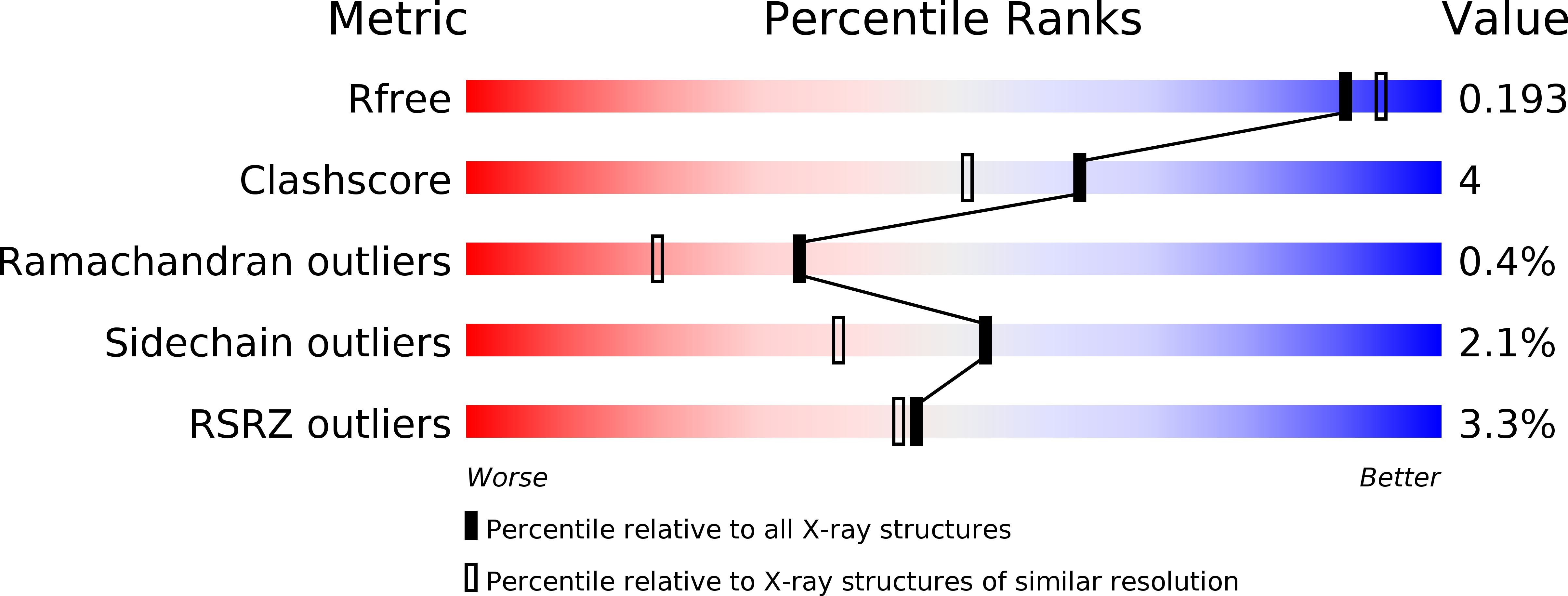
Deposition Date
2008-09-25
Release Date
2009-09-29
Last Version Date
2024-10-30
Entry Detail
PDB ID:
3EMR
Keywords:
Title:
Crystal Structure Analysis of the ectoine hydroxylase ECTD from Salibacillus salexigens
Biological Source:
Source Organism:
Virgibacillus salexigens (Taxon ID: 61016)
Host Organism:
Method Details:
Experimental Method:
Resolution:
1.85 Å
R-Value Free:
0.22
R-Value Work:
0.19
Space Group:
P 65 2 2


